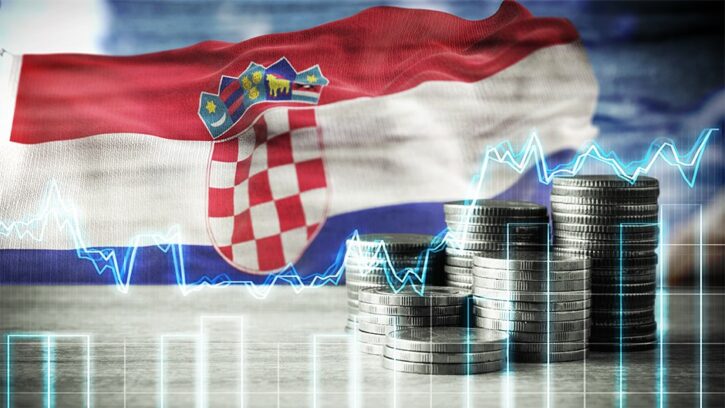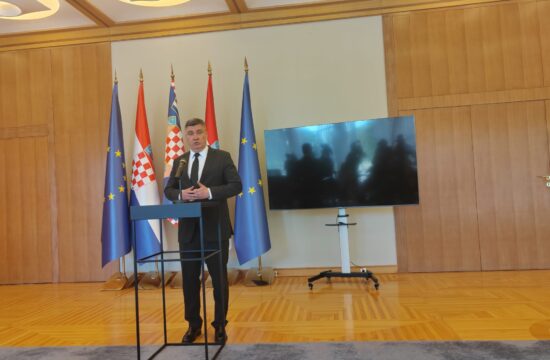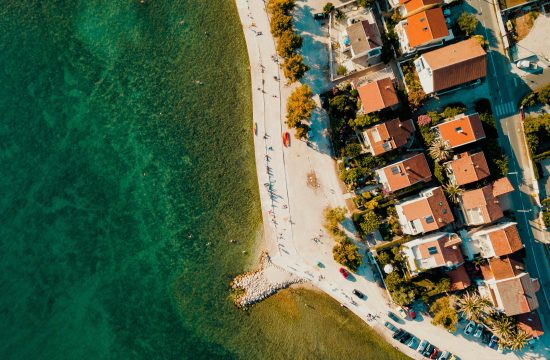
The chief economists of Croatia's four biggest banks forecast that real GDP will go up by 5.3% this year and by 5.5% in 2020, according to the Croatian Banking Association (HUB) Outlook published on Monday.
The publication says that previous forecasts that it would take two to three years to return to the 2019 levels were exaggerated.
In 2020, the Croatian economy contracted by 8% and although that was the sharpest annual contraction since 1993, it was less than expected, HUB said.
The biggest pessimist among the four bank economists, forecasts a 5% real GDP increase this year and 4.9% in 2022, while the biggest optimist forecasting 5.6% for this year and 6% for 2022, HUB said.
The economists expect that all GDP components will contribute to recovery and that the public debt will start to decrease significantly only in 2022.
Personal consumption is expected to increase at medial rates of 5.1% in 2021 and 4.5% in 2022, investment at medial rates of 8.6% in 2021 and 13.3% in 2022, and export at 18.2% in 2021 and 13% in 2022.
In those conditions, it is natural to expect a significant decrease of unemployment from 7.4% in 2021 to 6.7% in 2022, HUB said.
Bank economists forecast that the general government deficit will decrease from 4.2% of GDP this year to 3% in 2022, and that this will reduce the public debt-to-GDP ratio from 87.3% this year to 84.2% in 2022.
They were also asked when they expected the strongest effect of EU funds on economic growth and not one said this year which, according to HUB, means that the said effect is not crucial for recovery this year.
A strong effect starts in 2022 and it will be the main factor of the accelerated growth forecast for that year, HUB said.
Two of the four economists expect the strong growth impulse on the back of EU funds to last in 2022 and 2023, while the other two expect it to last until the end of 2024.
They believe inflation will stay under control, below 2% a year, with the biggest pessimist among them expecting prices to go up by 2% in 2022.
Regarding the introduction of the euro, one economist expects it to occur in 2023 and another in 2024, while the other two could not decide between those two years.
Whether Croatia enters the eurozone in 2023 or 2024, entry into the Exchange Rate Mechanism in July 2020 has increased the firm correlation between interest rate and yield trends in Croatia and the eurozone.
That also increases the importance of the European Central Bank’s monetary policy for yield trends on Croatian sovereign bonds and interest rates in Croatia.
The four economists do not expect yields to increase significantly before the end of 2022, which corresponds to ECB announcements, while market yields are expected to go up by 0.1% percentage points, HUB said.





Kakvo je tvoje mišljenje o ovome?
Budi prvi koji će ostaviti komentar!